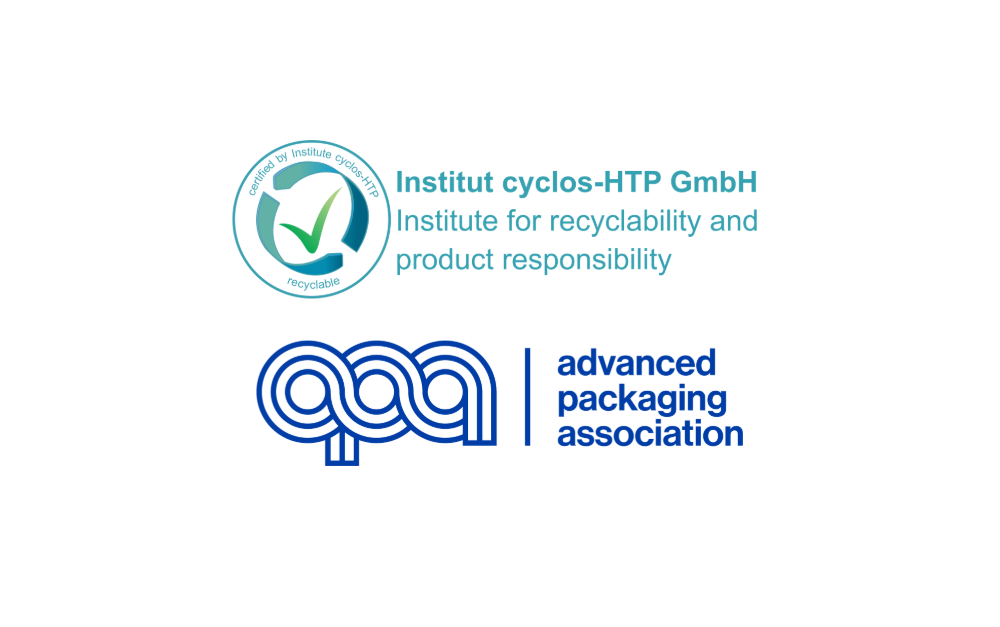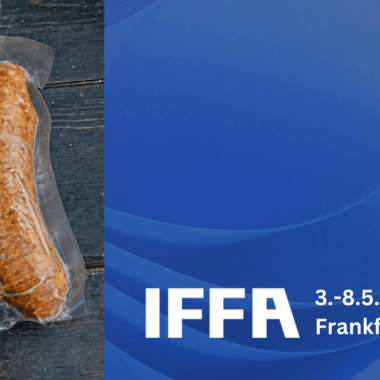
Interview: Polyamide and the EU PPWR
With the European Union’s new Packaging and Packaging Waste Regulation (PPWR), the role of polyamide (PA) in sustainable packaging has come into focus. Institut cyclos-HTP (CHI) offers valuable expertise on PA’s place within this regulatory framework and practical steps for industry players to ensure compliance. The Advanced Packaging Association (APA) actively supports the role of independent institutions like CHI, empowering the entire value chain to make informed choices on material composition and packaging design. In this interview, APA speaks with Dr. Roland Bothor from CHI to discuss the new packaging standards and their anticipated benefits and impacts on the packaging industry.
Q: How does CHI’s standard align with the PPWR, and what benefits does it bring to the industry?
CHI: Article 6 of the PPWR requires a metric-scaled gradual assessment of recyclability based on design for recycling criteria; Article 35 formulates the qualitative requirements for the assessment method. The CHI Recyclability Assessment has been in existence since 2011 and meets these two basic requirements from the outset, as it is based on practical primary expertise and scientific principles. The CHI also does not evaluate recyclability, but merely measures it, thus offering maximum transparency and objectivity in line with the PPWR. Our involvement in CEN and DIN also contributes to anchoring the principles of technically well-founded standards in the sub-regulatory framework.
The benefits for the industry when using the CHI standard are obvious: high reliability of the results and thus of the basis for decision-making for necessary optimizations despite still unclear implementation acts.
Q: What impact will the PPWR have on polyamide’s use in packaging?
CHI: The PPWR aims to enhance the recyclability of all materials, including packaging with PA, by setting stricter guidelines for material compatibility in recycling. For PA, this means that if the material is correctly integrated into the packaging design, its acceptance within recycling streams can improve. Our recent studies show that well-designed PA-containing packaging meets recyclability standards, giving industry players confidence in using PA under PPWR compliance.
Q: What role does CHI play in educating the industry on recyclability and PPWR compliance?
CHI: We work with both governmental and industry bodies, offering research-backed guidance on recyclability. Additionally, we promote open access to test data, encouraging transparency across the supply chain. By partnering with organizations like APA, we also help address public misconceptions, ensuring that polyamide’s benefits and recyclability in existing streams are understood.
Q: What challenges do you foresee with the PPWR implementation, and how can the industry prepare?
CHI: The primary challenge lies in adapting packaging designs without sacrificing performance. Many current multi-material formats may need to be simplified or reengineered to comply with PPWR. We recommend early-stage recyclability assessments to identify any potential obstacles. With ongoing innovations and testing, we believe the industry can develop solutions that meet both functionality and compliance.
EU PPWR and polyamide’s future in packaging
The combination of recyclability and compliance, alongside industry organizations like the Advanced Packaging Association, provides packaging producers with a clear pathway to align with PPWR standards. As the industry adapts, independent testing and open collaboration across the entire value chain will be essential to ensuring that polyamide remains a viable and valuable component of sustainable packaging solutions.
For more information
The Advanced Packaging Association and Institut cyclos-HTP invite media representatives to engage with us and learn more about the role of polyamide in sustainable packaging. Together, we are working to unlock polyamide’s full potential in a circular economy, and we welcome conversations that explore this path to a more sustainable future.






